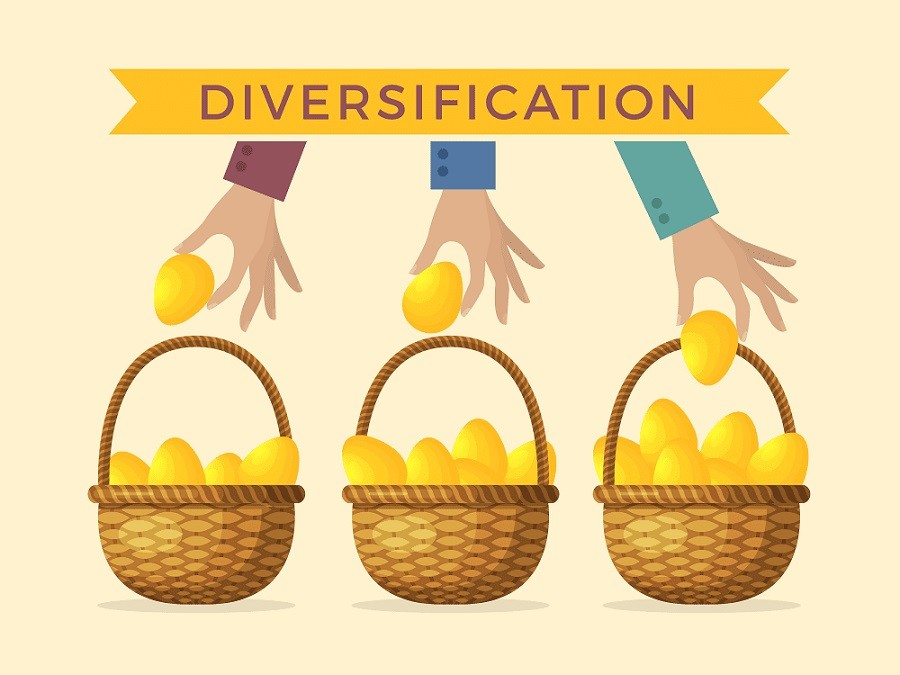Navigating Market Volatility: Strategies for a Resilient Portfolio
In the ever-changing landscape of the stock market, volatility can be as intimidating as it is inevitable. For investors, understanding how to navigate these turbulent times is crucial for maintaining a resilient portfolio. Market fluctuations can be unsettling, but with the right strategies, they also present opportunities for resilience and growth. This post will explore strategies to help you weather market volatility and maintain financial stability.

We are experienced financial strategists and advisors, and we're proud of our proven track record, especially during the difficult periods like the 2007 to 2009 financial and housing crisis. Our American clients, guided by our strategies, successfully navigated these challenging times without financial loss. This not only provided them stability during the crisis but also positioned them favorably for the recovery, ahead of many others still grappling with the aftermath. Our insights and results have been recognized on national platforms such as ABC, CBS, NBC, Yahoo Finance, and Fox.
With this expertise in hand, let's dive into the focus of today's discussion.....
Understanding Market Volatility
Market volatility refers to the extent and frequency of price movements, both up and down, in the stock market. It's a normal part of the investing landscape and is often influenced by economic indicators, geopolitical events, and market sentiment. However, volatility should not always be viewed negatively; it can present opportunities for strategic buying and portfolio optimization.
The Impact of Economic Cycles
Economic cycles play a significant role in market volatility. Understanding these cycles and how they affect various asset classes can help in making informed investment decisions. For instance, certain sectors may perform better during economic expansions, while others may be more resilient during recessions.
Psychological Aspects of Investing
Investor psychology greatly impacts market volatility. Fear and greed can drive market prices beyond fundamental values, leading to increased volatility. Recognizing these emotional biases and adopting a rational investment approach is key to navigating this volatility.
Strategies for Managing Volatility
Developing a Long-Term Perspective
A long-term investment perspective is crucial when dealing with market volatility. Focusing on long-term goals rather than short-term fluctuations can prevent hasty decisions and maintain investment discipline. It's important to remember that market volatility is more of a short-term phenomenon and less significant in the context of a multi-year investment strategy.
Diversification: Your First Line of Defense
Diversification is essential in building resilience against market volatility. A diversified portfolio - one that includes various asset classes, sectors, and geographies - can reduce the impact of a downturn in any specific area. This strategy helps in spreading risk and reducing the overall volatility of your portfolio.
Diversifying across different asset classes like stocks, bonds, real estate, and commodities can cushion your portfolio against market shocks. While stocks may offer higher growth potential, bonds can provide stability during market downturns.
Investing in different geographic regions can also mitigate risks. Markets in different countries or regions can react differently to the same global event, and having a global investment spread can balance out potential losses in any one area.
To master the art of diversification and build a resilient investment strategy, check out our 'Proven Financial Security Blueprint Course'. Here, you'll gain in-depth insights into effective diversification techniques and how they can be applied to safeguard and grow your investments, even in turbulent market conditions.
Conclusion: Embracing Volatility as a Path to Financial Resilience
In conclusion, navigating market volatility is an integral part of the investment journey. It requires a blend of understanding, strategy, and emotional discipline. By recognizing market volatility as a natural occurrence and adopting a long-term perspective, investors can transform potential challenges into opportunities for growth and stability.
Diversification remains the cornerstone of a resilient portfolio. It not only spreads risk across various asset classes and geographies but also aligns with different stages of economic cycles, cushioning your investments against market shocks. This approach ensures that your financial goals are protected and steadily advanced, even amidst the ebb and flow of market changes.
Remember, market volatility is not a hurdle to be feared but a dynamic to be navigated with wisdom and strategy. It's an opportunity to refine your investment approach, reassess your goals, and build a portfolio that stands strong through the tests of time.
For those seeking further guidance and strategies to effectively manage market volatility, our 'Proven Financial Security Blueprint Course' offers a wealth of knowledge and resources. Enroll in our course to deepen your understanding and equip yourself with the tools to build a robust and thriving investment portfolio, capable of weathering the storms of market volatility.

